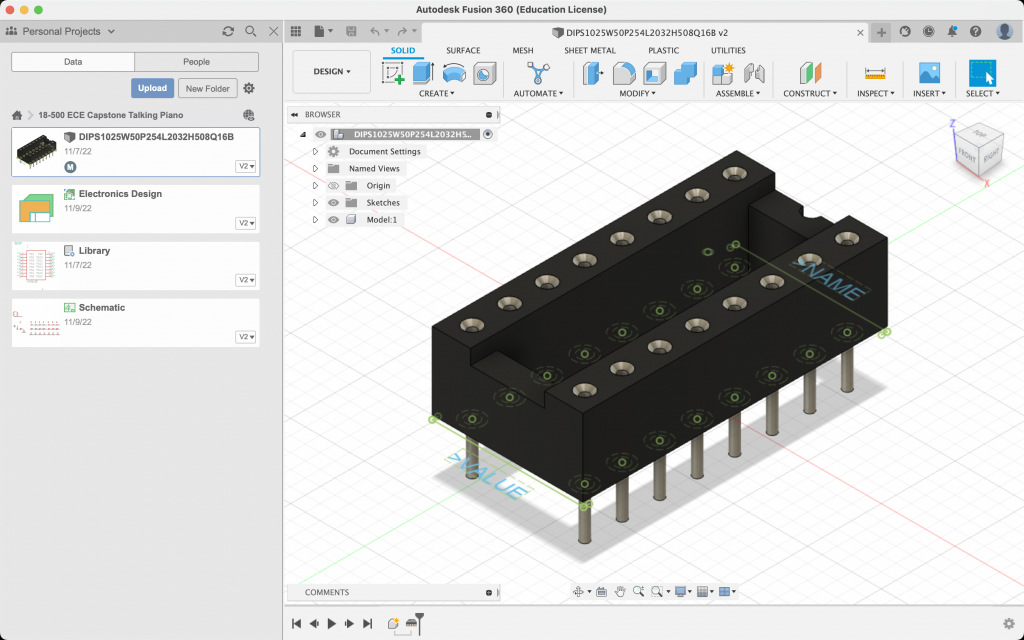This week, my teammates and I decided to fully commit to the virtual piano. For my implementation of the note scheduler, this required small adjustments. Firstly, I removed the limitation of 5 volume levels, as well as the requirement of a minimum volume of 5N, since we don’t have solenoids anymore. This will allow us to reach a wider range of volumes through both extending the floor of the lowest volume as well as allowing for more granularity.
Furthermore, I’ve started to read documentation in preparation to write another part of the project. My teammates and I discussed further testing and presentation methods for our final product, and we’ve decided to use speech recognition both as a testing method as well as a way to present our work. We plan to run speech recognition on both the initial input as well as the final output as a way to measure fidelity. We will also use speech to text modules to create captioning to present our product to the user, in order to allow for easier recognition of what the piano is “saying”. I’ve examined the Uberi module, which seems appropriate for our project. An alternative is wav2letter which is in C++ and offers faster latency. I will discuss latency issues with my teammates at our next meeting to determine where the bottleneck is.

